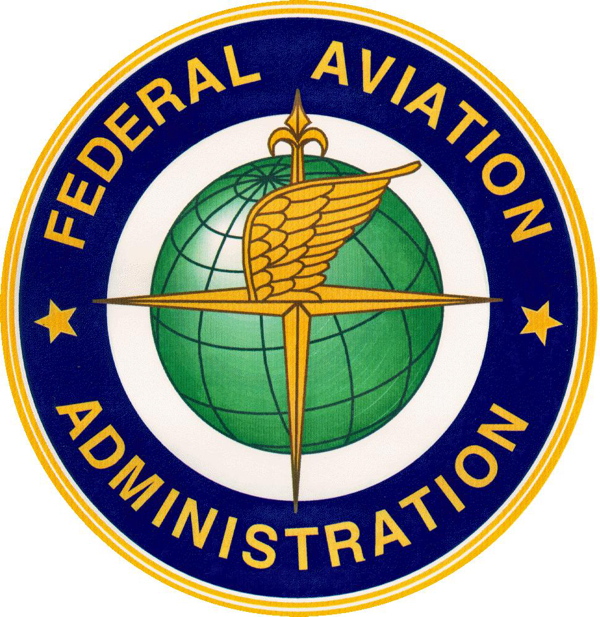Small UAS are allowed to operate in the National Airspace (NAS) under special airworthiness certificates, exemptions, certificates of waiver or authorization (COA) and exemptions under Section 333. According to the FAA website, “The Section 333 Exemption process provides operators who wish to pursue safe and legal entry into the NAS (National Airspace) a competitive advantage in the UAS marketplace, thus discouraging illegal operations and improving safety.” Instruction for a 333 exemption application can be found here.
Consideration is given to petitions on a case-by-case basis in advance of the completion of the Small UAS Rule, aka Part 107.
Currently 42 petitions for authorization have been granted under Section 333 of the Federal Aviation Administration Modernization and Reform Act of 2012(FMRA). As things stand at the moment one exemption has been granted for UAS use in the electrical industry, one in law enforcement and one for bridge inspections. There are two authorizations for insurance, three for real estate and four for use in oil and gas particularly flare stack inspections. Eight authorizations have been granted for aerial photography and fifteen for the film and TV industry.
When approved the Small UAS Rule, aka Part 107, would constitute the next phase of integrating small UAS into the NAS. A full description of Part 107 can be found here http://www.faa.gov/regulations_policies/rulemaking/recently_published/media/2120-AJ60_NPRM_2-15-2015_joint_signature.pdf
Here are some of the provisions proposed for flying a small UAS under the rule. A small UAS weighs less than 55 pounds. An operator must pass an initial aeronautical knowledge test, obtain an unmanned aircraft operator certificate and be re-tested every 24 months. The UAS must be flown in daylight. Unaided visual line-of-sight (VLOS) must be maintained. An additional observer is permitted but not mandated. It cannot be flown over 500 feet above the ground or faster than 100 mph. It may not be flown over people not involved in the operation. Over land there can be no operations from a moving vehicle or aircraft. Operations in Class A airspace are not allowed. Operations in Class B, C, D and E airspace are allowed with the required Air Traffic Control permission. Operations in Class G airspace are allowed without Air Traffic Control permission.
There are some of special considerations given to the operation of small UAS in areas in the Arctic where, “small unmanned aircraft may operate 24 hours per day for research and commercial purposes . . . beyond the line of sight (BLOS) . . . enable over-water flights from the surface to at least 2000 feet in altitude.”
http://www.faa.gov/uas/legislative_programs/arctic/
In their February 15, 2015 press release the FAA solicited comments on whether or not beyond line of sight (BLOS) operation of small UAS ought to be permitted more generally. This seems to provide an opportunity for potential commercial operators to help in the definition of the appropriate limits of such operations. http://www.faa.gov/news/press_releases/news_story.cfm?newsId=18295
The most recently notice of proposed rulemaking on this subject is from February 23, 2015 and is available here.
http://www.gpo.gov/fdsys/pkg/FR-2015-02-23/pdf/2015-03544.pdf
Commercial UAV Expo, a new trade show and conference organized by SPAR 3D, will take place October 5-7, 2015 in Las Vegas. It focuses on the commercial UAV/UAS market in North America covering including Surveying & Mapping; Civil Engineering & Infrastructure; Mining; Construction; Process, Power & Utilities; Precision Agriculture; and Law Enforcement, Security, Emergency Response.






